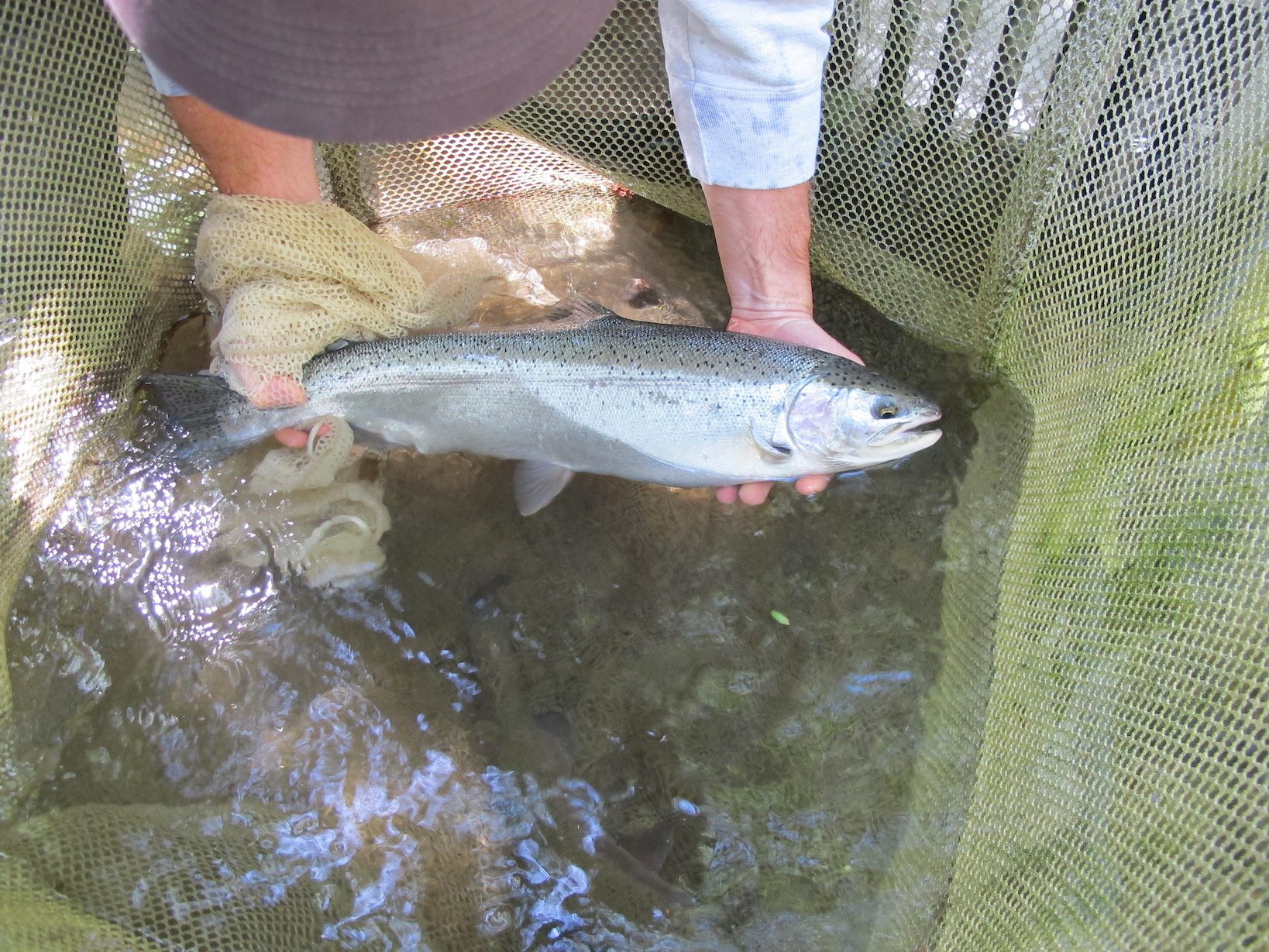Friday January 20, 2023

In today’s Flashback Friday, discover the tools scientists use to measure the recovery of endangered fish species.
When scientists and managers are tasked with protecting endangered species and natural resources, they first have to decide what should be done to improve conditions for those species and ensure that habitat is managed sustainably. There are some tough decisions to be made when it comes to protecting wildlife and their habitat. For instance, is it better to spend money on saving a species that is on the brink of extinction or one that is not yet declared endangered? What would be the impact of a ten percent budget increase for recovery actions? Decisions like these, which involve a multitude of factors related to the species or environment of concern can be contentious. Key groups such as management agencies, conservation groups, and scientists first have to agree on which factors might be leading to decline of a species and its habitat. They then have to agree on which actions could be taken to reverse that decline. However, agencies and environmental groups usually don’t have the funds available to carry out all the projects that are recommended, so they have to either pare down solutions to fit their budget or choose a solution that is possible to complete with limited funds.
Under some circumstances, managers might need to choose a solution that is cost effective, but it may not actually be the best option in terms of species recovery and other benefits. However, these complicated situations are getting some help in the form of decision-analysis tools that use large data sets to help make these tough choices. These tools take into account relevant factors and numbers, such as budget, species of interest, and regional differences, and use mathematics to identify the best course of action. One such new tool, called Recovery Explorer, was recently announced in the journal Science. It can take available data and tell resource managers the best action or combination of actions that will have the biggest impact for whatever the goal may be. This tool was developed to help the U.S. Fish and Wildlife Service apply limited funds efficiently for species recovery with maximum benefit.

The Recovery Explorer uses several parameters to help scientists make decisions. First, it allows scientists to input their expected budget and allocates it into required tasks, such as planning, implementing, and reporting. Then, it gives the probability of success for each action or species and the expected benefits. It can even predict the number of species that might benefit from a budget increase of a specific amount, and also allows managers to compare two different recovery action plans, like in the graphs shown above. Although still in the prototype phase, tools like the Recovery Explorer may one day save species from extinction and help make the most of limited funds. Currently, countless hours are spent between agencies, NGOs, lawyers, and the public in court rooms and around conference tables, arguing over the best and most cost-effective way to help endangered species. When tensions run high, it can be helpful to turn to the numbers to identify the best possible solution based on the best available science.
